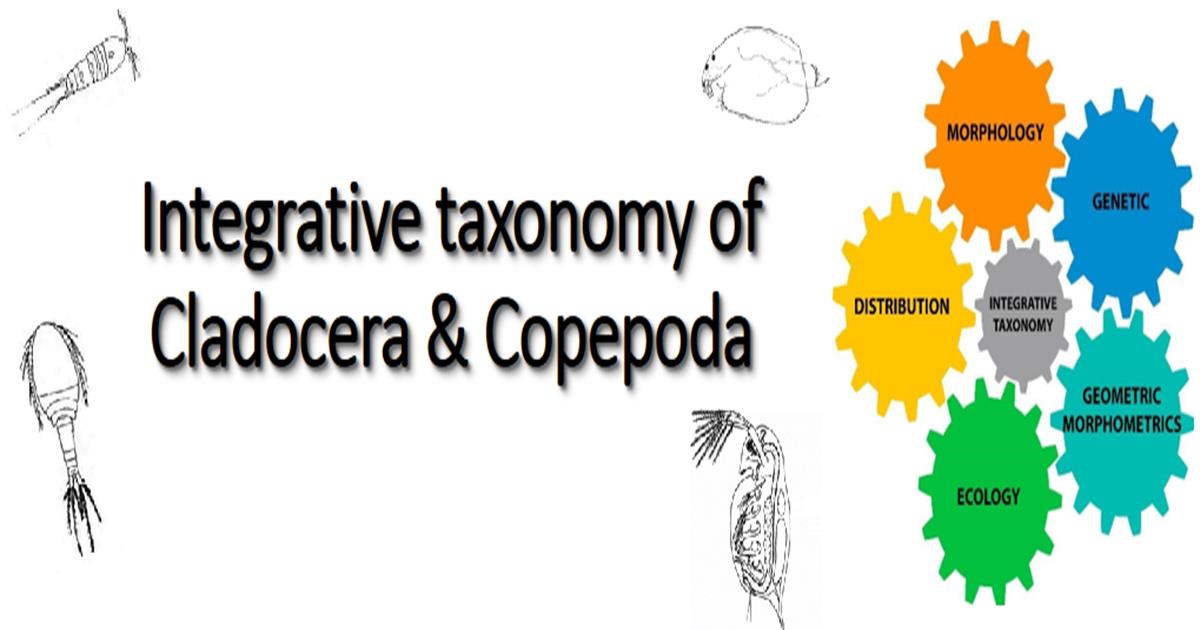Integrative Taxonomy of Cladocera and Copepoda
Special Issue Information
Dear Colleagues,
Integrative taxonomy combines multiple sources of data (morphology, molecular, ecological, phylogeographic, etc.) to enhance the accuracy and stability of species’ descriptions, ultimately leading to a more comprehensive and up-to-date understanding of biodiversity. Both Cladocera and Copepoda still harbor a significant number of undiscovered species, and some researchers even believe that there may be 2-4 times the number of species than we already know. Many currently known widespread species are likely to encompass a wide range of cryptic species, and numerous studies have highlighted substantial endemism in various parts of the world as well as in different ecosystems (such as groundwater and islands). Furthermore, the distribution of Cladocera and Copepoda species remains incomplete in many regions of the world.
This Special Issue of Arthropoda offers an excellent opportunity for the evaluation of your new findings and experiences in the integrative taxonomy of zooplankton (Cladocera and Copepoda). Manuscripts focusing on freshwater and marine zooplankton are welcome.
Dr. Maciej Karpowicz
Prof. Dr. Carlos López
Guest Editors
Manuscript Submission Information
Manuscripts should be submitted online at www.mdpi.com by registering and logging in to this website. Once you are registered, click here to go to the submission form. Manuscripts can be submitted until the deadline. All submissions that pass pre-check are peer-reviewed. Accepted papers will be published continuously in the journal (as soon as accepted) and will be listed together on the special issue website. Research articles, review articles as well as short communications are invited. For planned papers, a title and short abstract (about 250 words) can be sent to the Editorial Office for assessment.
Submitted manuscripts should not have been published previously, nor be under consideration for publication elsewhere (except conference proceedings papers). All manuscripts are thoroughly refereed through a single-blind peer-review process. A guide for authors and other relevant information for submission of manuscripts is available on the Instructions for Authors page. Arthropoda is an international peer-reviewed open access quarterly journal published by MDPI.
Please visit the Instructions for Authors page before submitting a manuscript. The Article Processing Charge (APC) for publication in this open access journal is 1000 CHF (Swiss Francs). Submitted papers should be well formatted and use good English. Authors may use MDPI's English editing service prior to publication or during author revisions.
Keywords
- taxonomy
- Crustacea
- Cladocera
- Copepoda
- freshwater
- biodiversity
- morphology
- integrative taxonomy
- cryptic species
- species complex

Benefits of Publishing in a Special Issue
- Ease of navigation: Grouping papers by topic helps scholars navigate broad scope journals more efficiently.
- Greater discoverability: Special Issues support the reach and impact of scientific research. Articles in Special Issues are more discoverable and cited more frequently.
- Expansion of research network: Special Issues facilitate connections among authors, fostering scientific collaborations.
- External promotion: Articles in Special Issues are often promoted through the journal's social media, increasing their visibility.
- e-Book format: Special Issues with more than 10 articles can be published as dedicated e-books, ensuring wide and rapid dissemination.

